Hero's poignant parting words as he went off to war from Shrewsbury Railway Station
William and Edith Casewell had only married the year before when he was called up for action in the First World War.

As Edith waved her husband off from the platform of Shrewsbury railway station, she cradled her newborn son in her arms.
"In case I do not return, always call him William in memory of me," he said.
Within 10 months he was killed in the Second Battle of Ypres in Flanders.
William's grandson Allan Caswell has recently returned from the Menin Gate memorial in Flanders, where he laid a wreath in memory of both his grandfathers who were killed in the First World War.
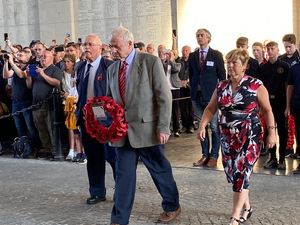
Allan, a 78-year-old retired police officer, from Bayston Hill, recalled his grandmother telling him the story about the grandfather he never met.
"My father was only a few weeks old, and I don't know if he had even been christened then," he says.
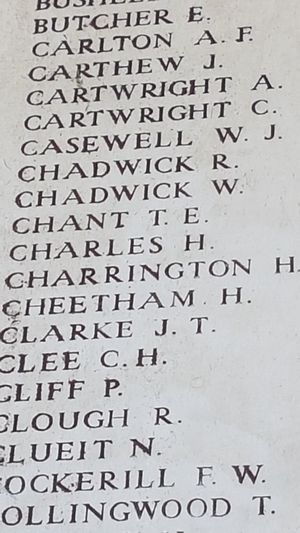
William Casewell – Allan believes his father William Reginald Pearce Caswell dropped the first 'e' from his surname – was born in Bridge Street, Shrewsbury in 1879.
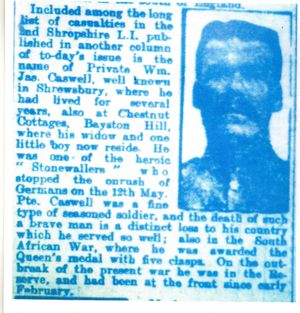
For a while he worked as a timber haulier, but on February 27, 1900, at the age of 20 years and five months, he enlisted for a seven-year stint with the King's Shropshire Light Infantry.
"He served with Distinction in The Boer War, South Africa and was awarded The South Africa Medal with five clasps," says Allan.
He also served in India, and following demob he married Edith Jane Harris in 1913 at All Saints' Church, Castlefields, Shrewsbury.
The newlyweds settled into their home at Chestnut Cottage in Sharpstones Lane, Bayston Hill, and their son was born a few weeks before the outbreak of the war on July 28, 1914.
Pte Caswell was once more called up, only to be killed at a place called Railway Wood on May 12, 1915 at the age of 34.
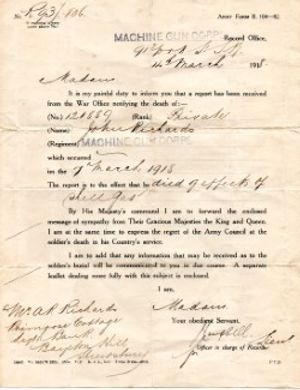
His body was never recovered, but he is named on The Menin Gate at Ypres in Belgium.
According to a press report, Pte Casewell was 'well known' in Shrewsbury.
"He was one of the heroic 'Stonewallers' who stopped the onrush of Germans on May 13," said the report.
"Private Casewell was a fine type of seasoned soldier, and the death of such a brave man is a distinct loss to his country which he served so well."
Allan's other grandfather was Pte John Richards, who lived at Primrose Cottage in Lyth Bank, near Bayston Hill with his wife Agnes and their two young children Kathleen and Agnes Jr. His worked as a collier at a nearby coal mine before being called up for action in 1917.
He enlisted into The King's Shropshire Light Infantry and was sent to Pembroke Dock for his basic training.
"While he was there he was confirmed on 2nd September at St Alban's Church, in Bush Camp," says Allan. After training he was posted to the front in France and transferred to the Machine Gun Corps.
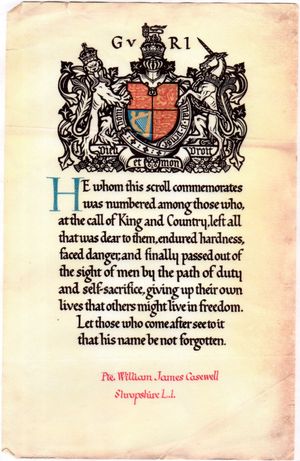
He was killed in action on March 7, 1918, at the age of 30, dying from the effects of shell gas at the age of 30.
"We don't know exactly where he was killed, but I suspect it was the Somme," says Allan.
He is buried at The Ruyaulcourt German Military Cemetery extension in north-east France.




